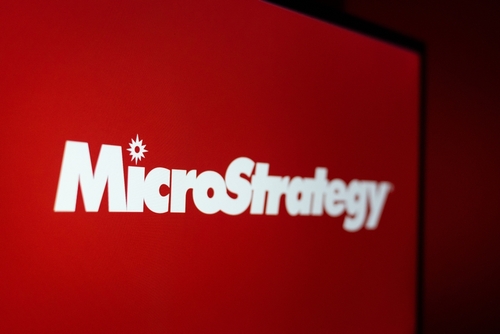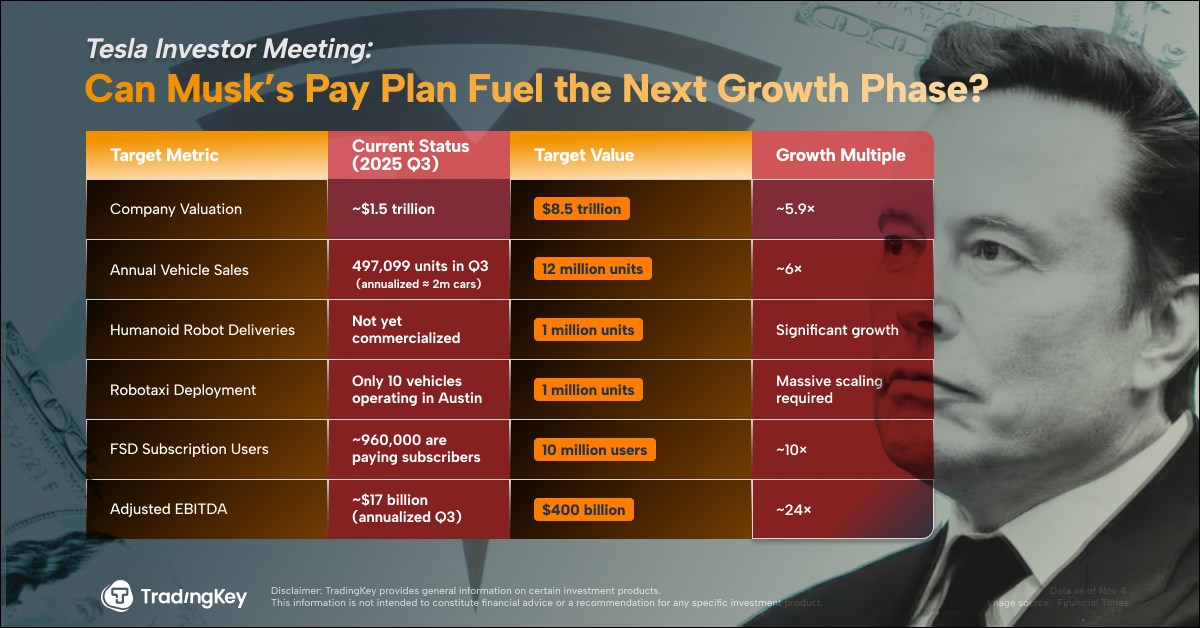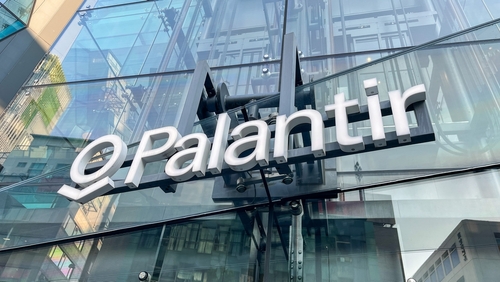1 Bedrock Dividend Stock Down 8% to Buy on the Dip and Hold Forever

Most famous for its well-known Orkin brand, Rollins (NYSE: ROL) -- the pest-control industry leader in the United States -- is no stranger to being called overvalued by analysts.
In 2015, one headline on the company read, "Wait Until Rollins Gets Served at a Fair Price." In the decade since, the company has more than quadrupled its investors' total returns.
In 2019, another article read "Rollins: A Great Company, but It's Very Expensive." Rollins has doubled since.
More recently, these headlines have become even more frequent as the company's valuation ballooned to 43 times free cash flow (FCF) -- well in excess of the S&P 500's average of 32.
So, should investors expect history to repeat and see Rollins double by 2029? It's anyone's guess.
However, thanks to the longevity inherent in Rollins' operations and its non-discretionary offerings, the company has a great shot at remaining the leader of its niche in 2034, 2044, and beyond. And if Rollins can recreate any of the magic from the last 20 years and apply it to the next 20, I'm confident it won't matter if I bought the company at 43 times FCF or 30 -- as long as I hold my shares throughout.
With that said, here are the three reasons that make me confident to continue dollar-cost averaging into Rollins following its recent dip after earnings, even at its lofty valuation.

Image Source: Getty Images.
An industry giant
Serving more than 2 million customers in over 70 countries, Rollins' pest and wildlife control services are an unfortunate but essential offering for residential and commercial clients across the globe. While the company is already the market share leader of the $20 billion pest control industry, here's why the best may still be ahead for the company and potential investors.
1. A resilient business in a resilient industry
Perhaps the biggest reason that Rollins' shares are able to command a premium valuation is the unwavering nature of the pest control industry. While the U.S. pest control market has only averaged 4% growth annually over the last decade, it can't easily get derailed, barring a borderline apocalyptic event.
For instance, Rollins has averaged annualized sales growth of 7% over the last 15 years. Yet during the great financial crisis, the 2015 industrial slowdown, and the COVID-19 pandemic, revenue grew by 6%, 6%, and 12% during each challenging period. One primary reason for this consistency is that around 80% of the company's sales are recurring, leaving it less susceptible to any specific economic environment.
This stability is clearly visible when looking at Rollins' five-year beta of 0.7. Measuring a stock's volatility compared to the broader market, a beta below one typically belongs to steady-Eddie, essential types of stocks like Rollins.
2. Rollins' potent mergers and acquisitions (M&A) capabilities
Making 32 tuck-in acquisitions so far in 2024 -- including six in the third quarter alone -- Rollins is a serial acquirer. With the highly fragmented pest control industry consisting primarily of more than 20,000 small-time operators, the company's acquisitive ways constitute a significant advantage as it continues to consolidate its market.
While Rollins is the leader in its niche, it only holds about a 13% market share, highlighting the lengthy potential runway for continued M&A ahead of the company. However, what makes this expansion potential enticing for investors is the company's mastery for generating ever-increasing cash flows as it integrates new acquisitions.
Averaging a top-tier cash return on invested capital (ROIC) of 34% over the last decade, Rollins is one of the best compounders on the market, as evidenced by it being a 113-bagger since 2000. As this article points out, stocks with higher ROICs typically tend to outperform. This fact, paired with the industry consolidation potential ahead of Rollins, gives it tantalizing growth prospects.
The cherry on top for investors? Despite its focus on M&A, these purchases have used less than half of the company's free cash flow on average over the last decade, leaving ample room to reward shareholders with dividends.
3. A soaring, but well-funded dividend
Rollins has more than quadrupled its quarterly dividend payments since 2014 and announced it would be hiking its payment by 10% again in the upcoming quarter. Even with these rapidly rising payouts, the company currently uses just 54% of its FCF to fund its dividend, making it very sustainable.
Although the notion of Rollins being a big-time dividend stock with its 1.3% dividend yield may seem laughable, investors who bought and held shares of the company 10 years ago now receive a 7% yield versus their original cost basis. This statistic demonstrates the beauty of dividend growth investing, highlighting the power that individual investors yield by simply being able to buy and hold for the long term -- an advantage many professional investors don't get.
While Rollins is an expensive-looking stock today, its resilient operations, fragmented market, M&A success, and burgeoning dividend leave me confident that in 20 years, I'll be thankful I "overpaid" when adding new shares in 2024.
Should you invest $1,000 in Rollins right now?
Before you buy stock in Rollins, consider this:
The Motley Fool Stock Advisor analyst team just identified what they believe are the 10 best stocks for investors to buy now… and Rollins wasn’t one of them. The 10 stocks that made the cut could produce monster returns in the coming years.
Consider when Nvidia made this list on April 15, 2005... if you invested $1,000 at the time of our recommendation, you’d have $813,567!*
Stock Advisor provides investors with an easy-to-follow blueprint for success, including guidance on building a portfolio, regular updates from analysts, and two new stock picks each month. The Stock Advisor service has more than quadrupled the return of S&P 500 since 2002*.
*Stock Advisor returns as of October 28, 2024
Josh Kohn-Lindquist has positions in Rollins. The Motley Fool has positions in and recommends Rollins. The Motley Fool has a disclosure policy.







